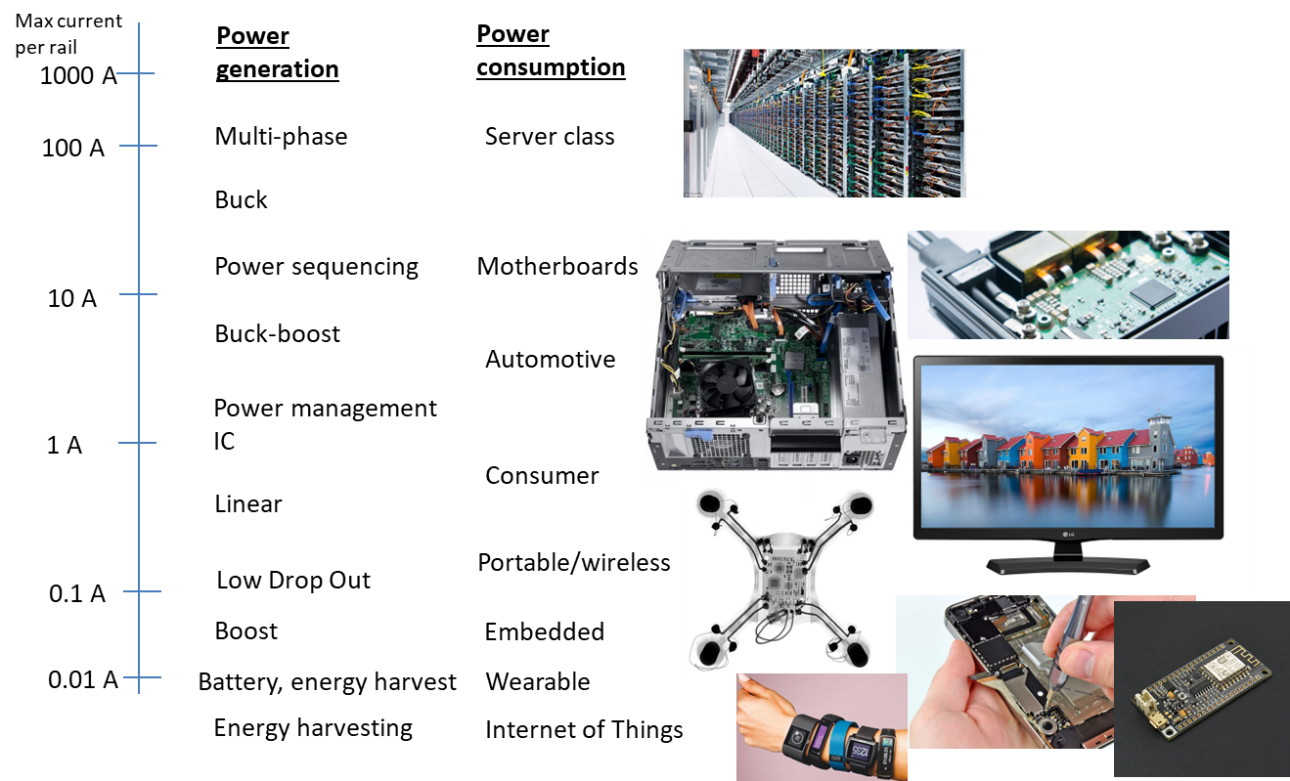At DesignCon 2022, I was honored to be part of a power integrity panel moderated by Heidi Barnes. My brief presentation was about why power integrity experts seems to disagree about the right “solution” to solve power integrity problems. For example, are ferrites good or bad? Should you use one value of capacitors or multiple values? Are high Q or low Q capacitors better?
The answer, I offered, depends on at least three factors which always must be included in an analysis.
The first is that power integrity is not just one problem, but is really 12 problems. When Larry Smith and I wrote our book on power integrity, we spent many hours arguing about power integrity solutions. Invariably, the resolution of the argument was that we were each talking about different problems. When we took the time to understand each others’ perspective and were persistent in making ourselves clear and trying to understand each other, we discovered we were talking about different problems.
It was the case of the five blind people and the elephant, illustrated in Figure 1. Each person is touching a different part of the elephant. One thinks an elephant is like a snake. Another thinks an elephant is like a tree, while another thinks it is like a wall. In fact, an elephant is all of these, depending on which part you touch.

Figure 1. Experts looking at signal integrity is like the five blind people looking at an elephant.
The solution to reduce noise in the PDN depends on which components are the aggressor, generating the noise, and which are the victim, sensitive to the noise. A ferrite filter might be an important element when filtering the noise from a noisy power rail getting to the very sensitive, and low current load of a PLL power rail.
When the noise is from the large switching currents of many I/O switching, the best solution is a low inductance large capacitor on the power rail close to the package pins. When the power rail is the Vdd core of a large FPGA, the problem is the Bandini Mountain; the large parallel impedance resonance created by the on-die capacitance and the package lead inductance. The solution is a flat impedance profile on the board power rail to damp out the peak impedance.
Each of these are different problems with a different root cause, requiring a different solution.
The second danger in generalizing one solution to power integrity problems is that there is as much as six orders of magnitude difference in the peak currents and transient responses in products, illustrated in Figure 2.

Figure 2. An example of the more than six orders of magnitude in current loads across different products.
A single network process in an AI server farm might consume 1000 A of current with transients on the order of 1 nsec. At the other extreme, a small, portable personal health monitoring watch might consume 1 mA of current with transients on the order of 1 usec when it transitions from sleep to wake modes.
With such a huge range of currents and transient times, it is not possible for one solution to cover such a large dynamic range.
Finally, every product in every application has a different set of tradeoffs between the minimum acceptable performance, as measured by features and margins, with the cost in terms of deployment schedule, development cost, BOM cost, and risk. These are the design constraints for the product given its application and the company’s culture or vision. If the product is man-rated, the cost of designing in extra margin may easily be justified. But if the product is a disposable consumer product, low cost may be everything.
Larry and I found that when experts consider the same problem, in the same specific system, with the same set of system design constraints, there is rarely disagreement. In such a case, controversy usually arises because of some subtilty one expert is aware of that may not be widely known. This is why it is so important for dialog between experts to occur and the opportunity to exchange technical insights presented.
This is why I learned so much during the time Larry and I worked on writing our book, and why I always gain insights when I attend DesignCon and have a chance to listen to the experts.


